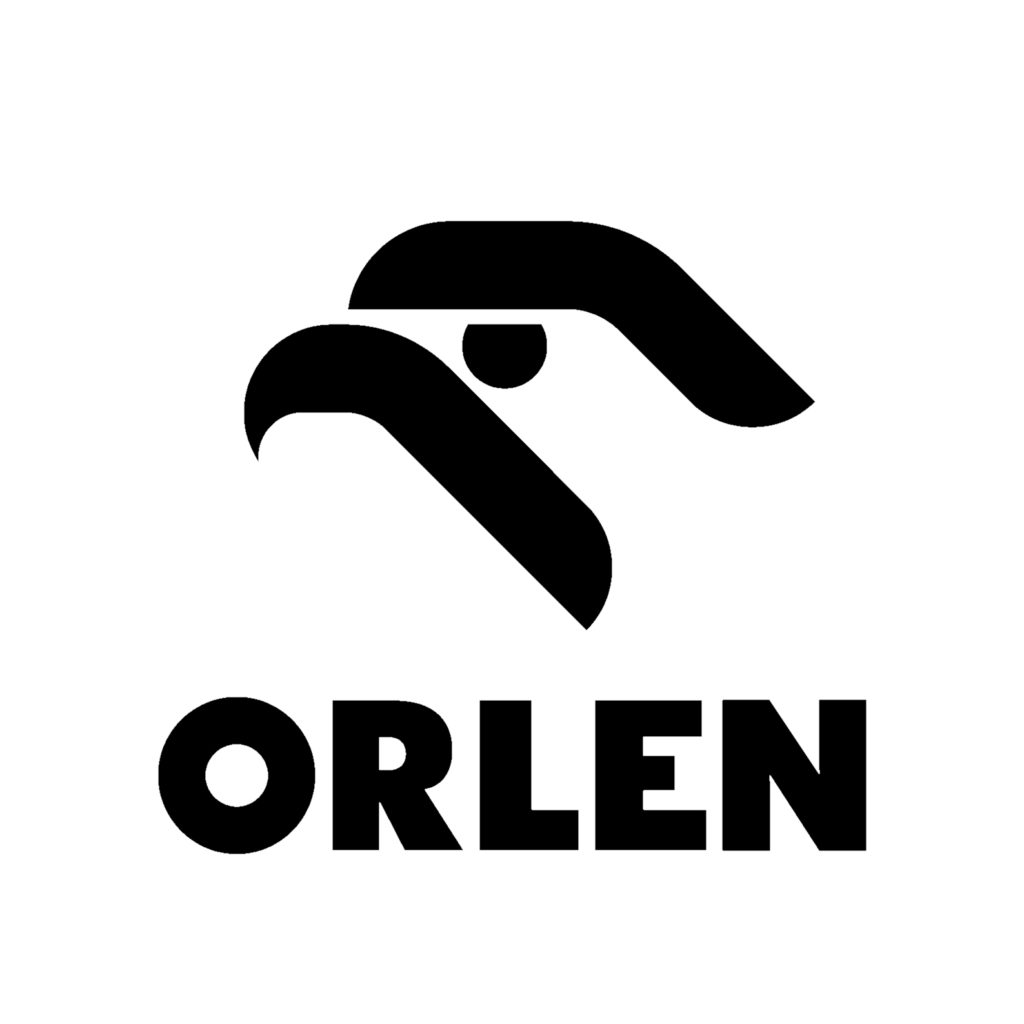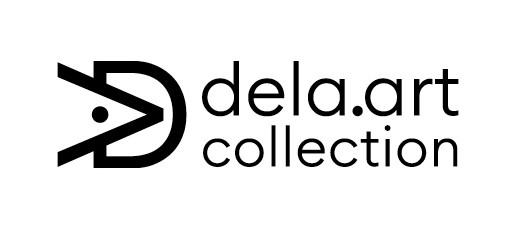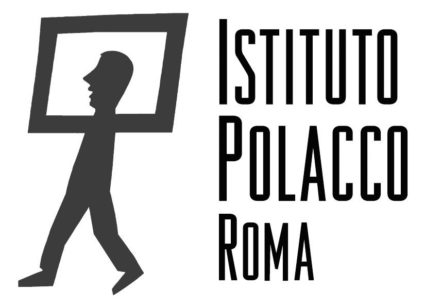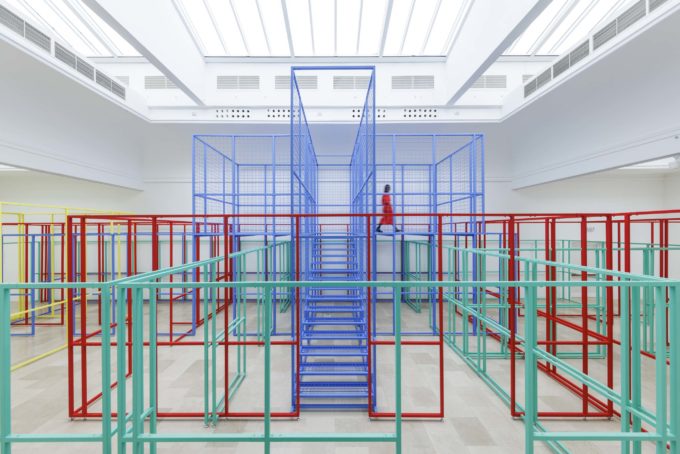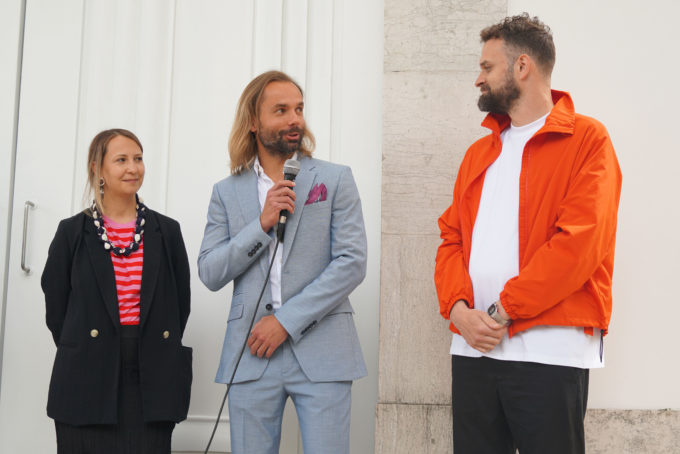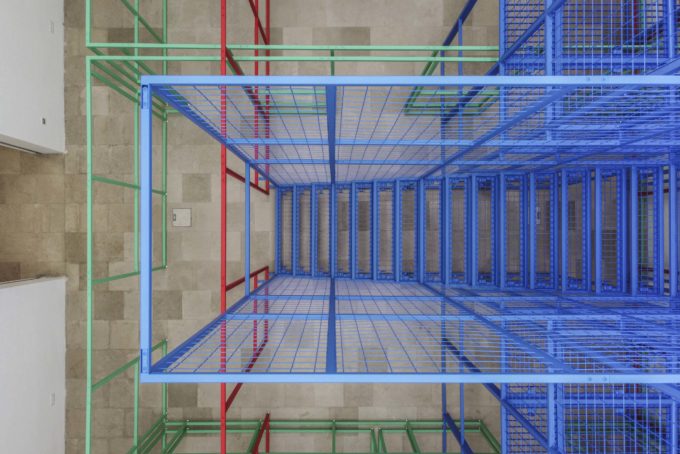
Datament
Datament, a monumental installation presented at the Polish Pavilion for the 18th International Architecture Exhibition of La Biennale di Venezia, will allow visitors to experience data in its ‘physical’ form. The space of the pavilion is filled with the frames of four life-size houses. These seemingly chaotic and absurd structures faithfully reproduce the source data. The exhibition is intended as a starting point for a discussion about how, while new technologies may not offer us ready-made solutions, they can help us ask better questions.
In architecture, urbanism and spatial planning, statistical data analysis and the use of algorithms in design are having a significant impact on how we live now and will in the future. However, we are less and less concerned with raw data. Information processed with new technologies creates a distorted picture of reality. Based on this digital illusion, we make decisions with very real consequences.
At the Polish Pavilion, the viewer have the opportunity to experience data in its ‘physical’ form. The impressive installation will reproduce the spatial forms of houses from four countries on a 1:1 scale. Made up of almost two thousand metres of coloured steel profiles, the structures are based on averaged, generalised data on the shape, size and functional layout of houses in different geographical zones. The countries have been selected on the basis of how much statistical data they produce and collect. The installation faithfully reflects this information, but it has no bearing on the actual housing situation in the places from which the information is derived. A tool that was supposed to bring order to reality becomes a source of error.
Datament is the record of a dialogue between an artist and an architect. Anna Barlik works in visual art, local contexts, colour and composition. Marcin Strzała is an architect who explores the relationship between digital data and their physical manifestation in design. Together with curator Jacek Sosnowski, they have developed a structure based on digital data analysis. The title’s neologism, Datament, conveys the idea of the ubiquitous ‘data establishment’ that is constantly shaping the reality in which we live, create and dwell. “We share a world with data. Believing in their infallibility, we let algorithms calculate and design our houses and cities. However, without a sensitive and conscious designer, digitally processed data can create distorted solutions, such as those presented in the Polish Pavilion,” say the creators of the installation.
Instagram of Datament: instagram.com/datament.project
- YEAR2023
- CATEGORY Biennale Architettura
- EDITION18
- DATES20.05–26.11
- COMMISSIONERJanusz Janowski
- CURATORJacek Sosnowski
Poland’s participation in the 18th International Architecture Exhibition of La Biennale di Venezia is made possible through the financial support of the Ministry of Culture and National Heritage of the Republic of Poland.
patron: ORLEN
exhibition partners: Adam Mickiewicz Institute, Collection dela.art
collaboration: Polish Institute in Rome
Authors
Anna Barlik, a visual artist, she uses sculpture, site-specific installations, drawing and composition to explore the relationship between people and the reality that surrounds them. Using simple forms, mostly made of powder-coated steel, she enters an existing space, highlighting the tensions and social problems within it. She draws from individual stories, which she tells using planes, lines, and colours. In 2017, she received her Doctorate in art from the Academy of Fine Arts in Warsaw. She has completed artistic residencies in Finland and Iceland. She is a lecturer at the Polish-Japanese Academy of Information Technology, where she teaches composition and visual structures and runs a sculpture studio.
Jacek Sosnowski, a curator and psychoanalyst, he specializes in contemporary art, focusing on issues related to imagined social structures, identity or transformation through trauma, and the healing process. He is a designer of exhibitions, public space projects, and art-branding strategies, and a founder and manager of PRPGND (formerly Propaganda Gallery), an organisation dedicated to producing and promoting art. He is a co-organizer of the Warsaw Gallery Weekend and a member of Sinthome – The Lacanian School of Psychoanalysis.
Marcin Strzała, a designer and architect exploring the trans-disciplinary nature of architecture in the digital paradigm, his academic research deals with the processes of digital production and the relationship between data and its physical manifestation in architecture. His teaching seeks to exploit the potential of the synthesis of digital tools with the vernacular trend. He was a lecturer at Monash Art, Design and Architecture in Melbourne and a visiting teacher at Xi’an University of Architecture and Technology in China. He currently teaches at the School of Form of the SWPS University and at the Faculty of Architecture of the Warsaw University of Technology, where he has been involved in the Architecture for Society of Knowledge programme since the beginning of his career.
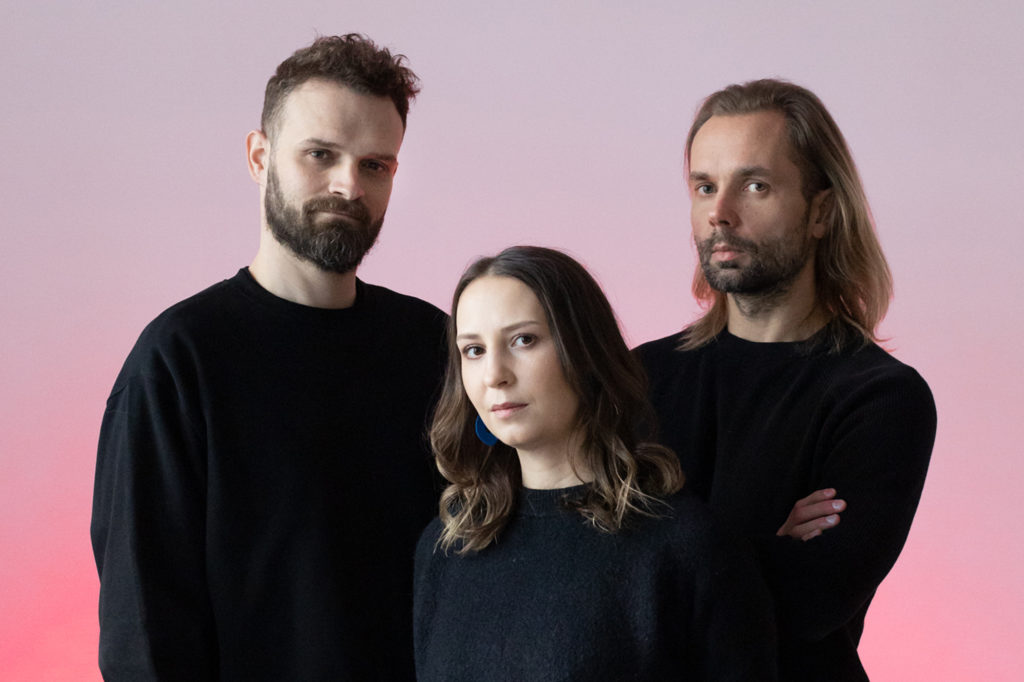
Fot. Monika Ciepłucha
Partners
The Adam Mickiewicz Institute is a national cultural institution. Its mission is to build lasting interest in Polish culture globally. The Institute works with foreign partners and initiates international cultural exchange in accordance with Poland’s foreign policy. The Institute has implemented cultural projects on six continents, in 70 countries, including the United Kingdom, France, Russia, Israel, Germany, Turkey, the USA, Canada, Australia, Morocco, Ukraine, Lithuania, Latvia, China, Japan, and Korea. The Institute has implemented 38 strategic programmes, and held events attended by an audience of 60 million. The Culture.pl website provides fresh information on the most exciting Polish cultural events around the globe. It is also the biggest and most comprehensive source of knowledge about Polish culture. The Adam Mickiewicz Institute is governed by the Ministry of Culture and National Heritage.
More at www.iam.pl/en.


